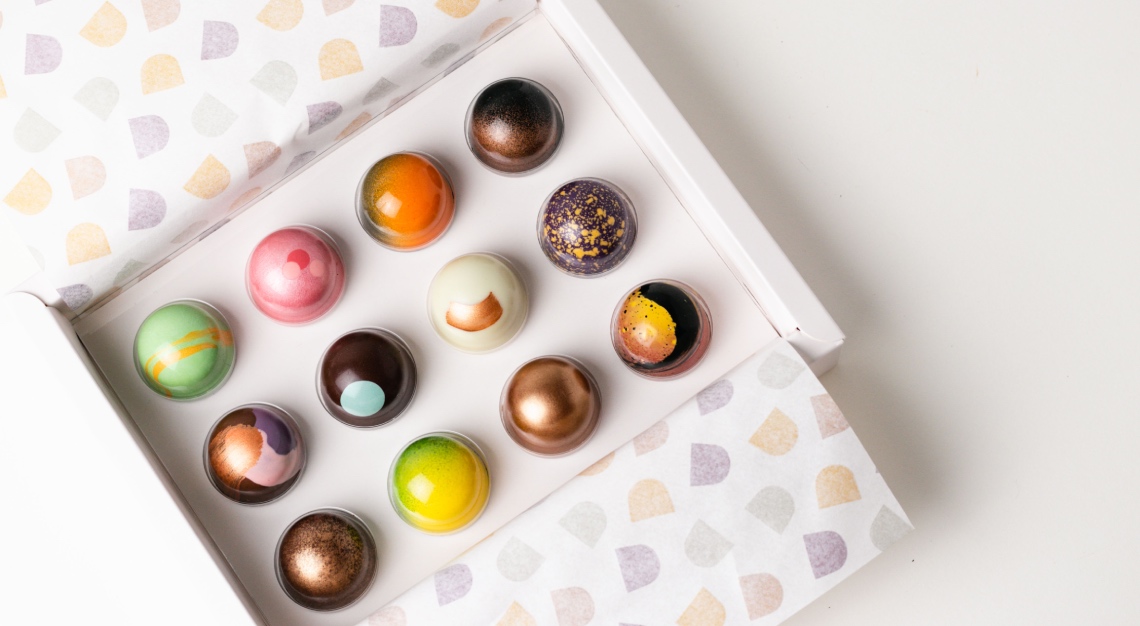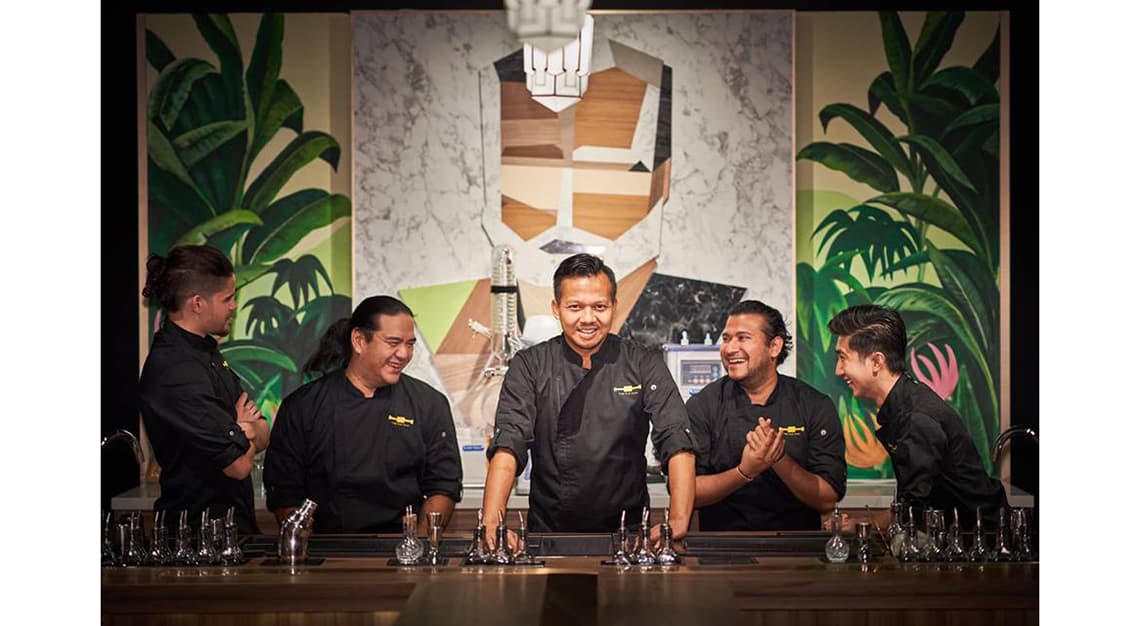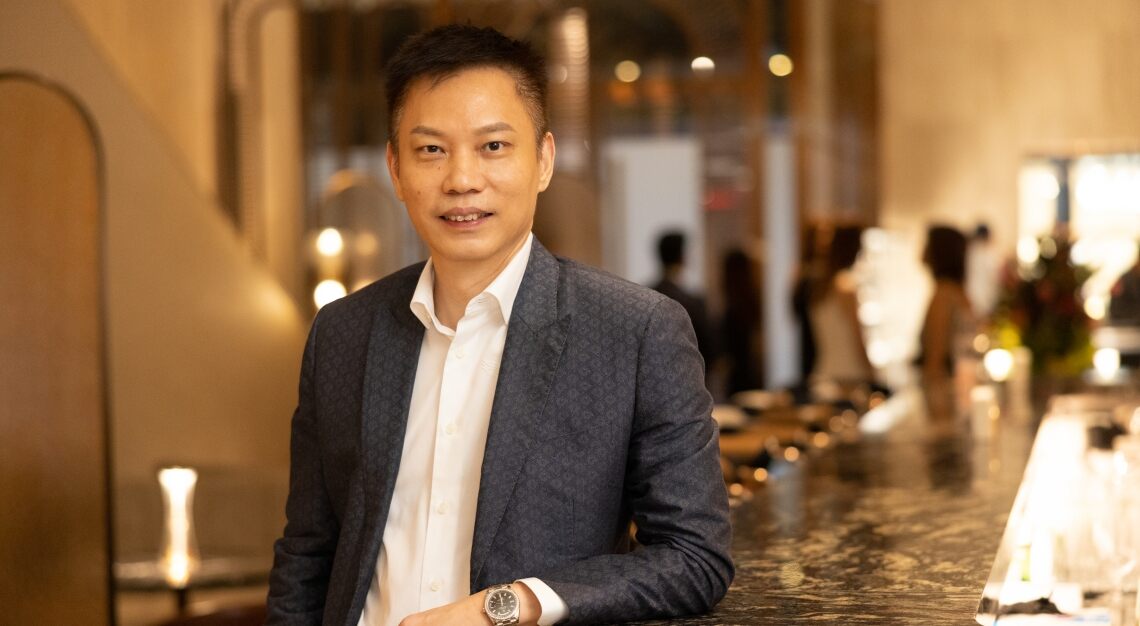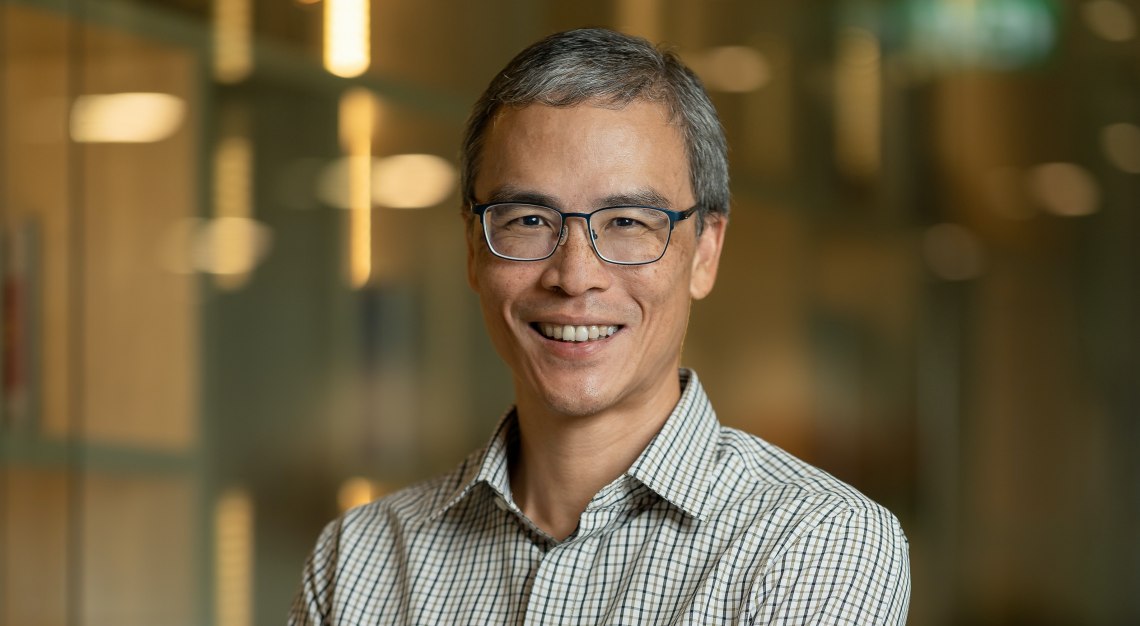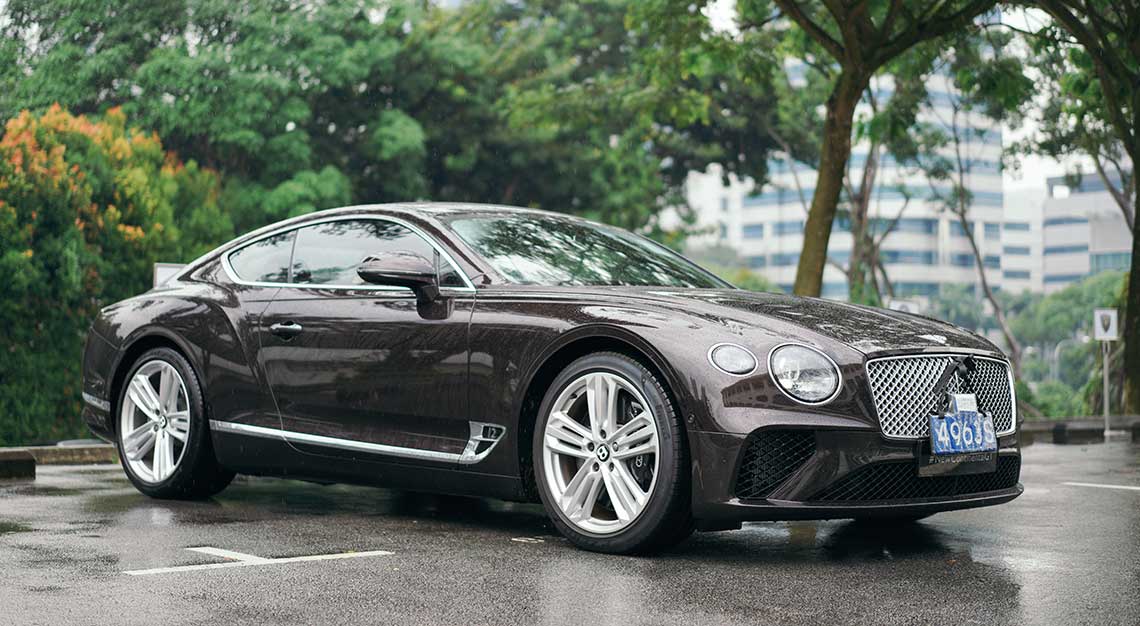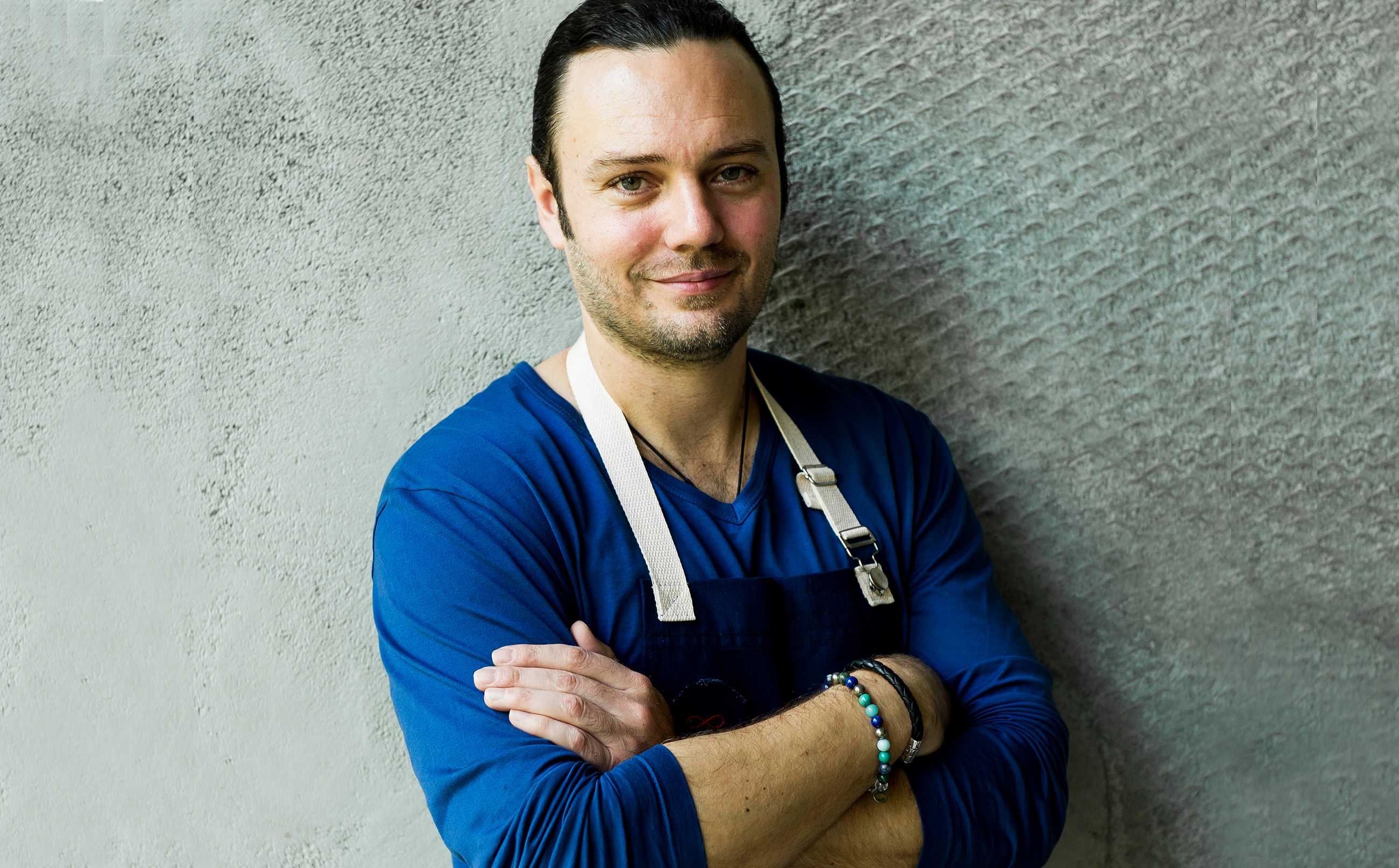Local chocolaterie Mr Bucket is all about sustainability, Asian cacao and venturing out of the comfort zone
Salted egg yolk and Szechuan peppercorn aren’t what you’d typically find in chocolate, but a handful of artisanal chocolateries are striving to make the odd a norm – and delicious, too. Of this handful is Mr Bucket, a boutique store that identifies as a bean-to-bar confectionary. Founded in the heart of Upper Thomson last November, it’s gained a cult following for its love of cacao farms from around Asia, and its knack for making world-class chocolate bonbons – each coated in paint swipes of colour and filled with ganache spiked with fun flavours that dance on your tongue as it melts. The bonbons (bars as well) are truly excellent, but to fully appreciate them, you must know their story. Jerome Penafort (founder), Cheri Chen (head chocolatier) and Deborah Phan (creative lead) tell us all.
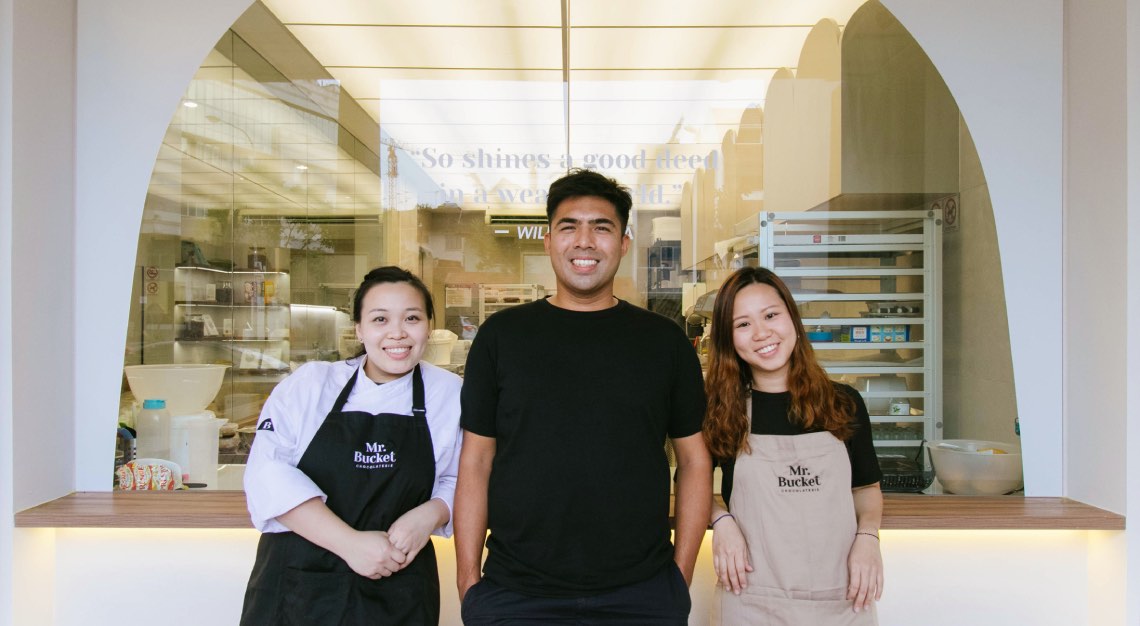
What made you fall in love with chocolate?
Jerome Penafort (JP): I’ve always liked chocolate but I think I fell for it during my first time visiting a cacao farm in Calinan in Davao, Philippines. It was at the farm and speaking to the farmers that I gained appreciation for the difficulties of cacao cultivation. I was also amazed by the generosity and openness displayed by the cacao farmers, and that made me realise how much that goes beyond each bar of chocolate or bonbon.
Cheri Chen (CC): Chocolate is something I did not usually get to work with when I was in fine dining (Les Amis and Odette). In the field of patisserie, chocolate is a speciality and there’s [just] so much to learn. The techniques used and the sensitivity to temperature in order to achieve well-tempered chocolate was something I found fascinating.
Deborah Phan (DP): I have always enjoyed tasting food and experimenting with flavours. I am also one who appreciates fresh produce and knowing where they come from. After learning more about the origins of chocolate and how it could vary in so many different taste profiles, my interest in chocolate grew. As a creative, it became a platform and canvas for me to experiment and translate creative ideas into something that would delight others.
What’s your earliest memory of chocolate? Would it include a certain Charlie Bucket, too?
JP: Growing up, my favourite book was Roald Dahl’s Charlie and the Chocolate Factory; I read that book so many times. Also, my daily staple was a cup of milo before going to school. That was something I looked forward to every morning.
And about three years ago, my father invested in a chocolate manufacturing business in Malaysia. Back then, I was about five years into a real estate investment role and was at a crossroads of whether to continue down that path or explore something new. My father asked if I wanted to join him to help expand the business regionally. Coming from an investment background, I saw this business as a great platform with many possibilities. So I decided to join him.
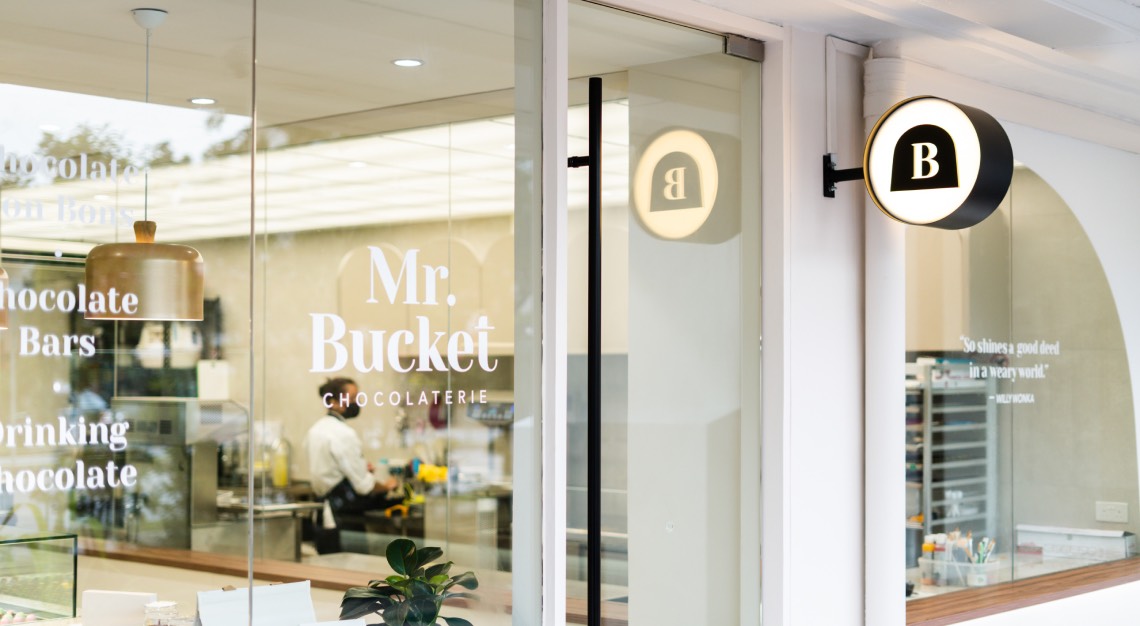
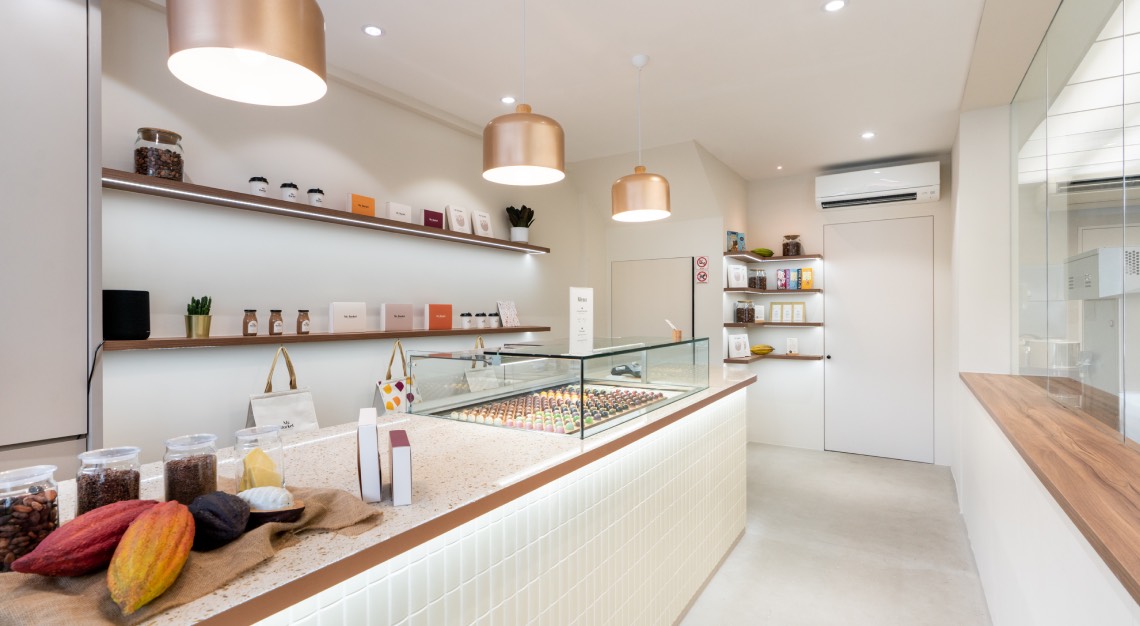
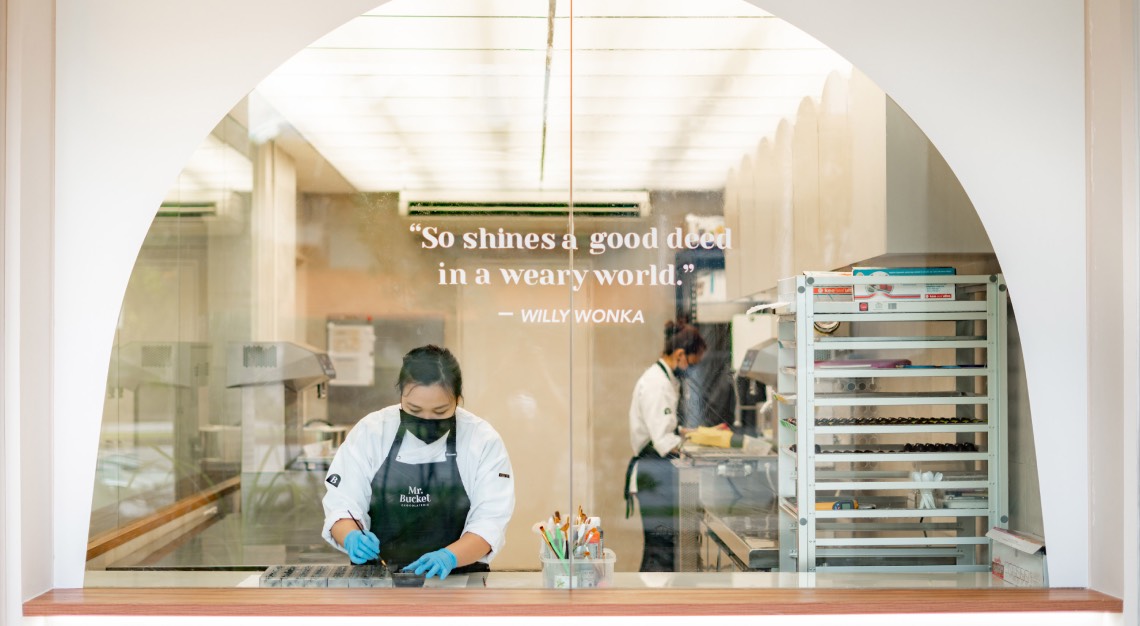
How different is Asian cacao from Africa or South America?
JP: It’s important to appreciate that cacao grows 20 degrees North and South of the equator and is commonly found in many parts of Asia, Africa and Central and South America. Just like coffee and wine, the environment that cacao grows in greatly affects its flavour. There are also many different varietals of cacao, but that’s quite technical so let’s not go there. There is no generic answer as to how Asian cacao is different from its African or American counterparts, but what’s for sure is it tastes just as good or better.
There’s still a long way to go for Asian style chocolate to be on the same pedestal as its peers in Europe. How does Mr Bucket intend to change this?
JP: I think this is largely a matter of perception and culture. In Europe, chocolate is a bigger part of everyday life which is why there are more chocolate makers, a higher level of appreciation, and therefore, greater focus on quality. But things are changing. In the last decade, the craft chocolate scene in Asia has grown exponentially and it is amazing to see both farmers and makers starting to focus on quality. What needs to catch up now is local demand for craft or bean-to-bar chocolate to support this renaissance. Education and experience is key to inculcating a lifestyle change towards higher quality chocolate, that drives a large part of our considerations when it comes to curating our concepts and products.
Which cocoa farms around Asia do you support and why?
JP: We usually work with smaller farm estates, where there’s more of an opportunity to connect with the farmer(s) and communities. At present, we source from farm estates in Malaysia, Vietnam, Philippines and India, and we are constantly on the lookout for good quality beans from the region.
What does sustainable chocolate mean in your books, and why is this cause so important to you?
JP: The chocolate we use are all directly sourced from farms around Asia. There are no middle men involved and this allows us to have a relationship with farmers. Sustainability is such a huge word with so many facets, so for us, we are focused on the social and environmental aspects of it.
DP: Sustainable chocolate for us is not limited to just sourcing chocolate from the region which reduces our carbon footprint. We also consider other factors like the reusability of packaging and working with local artisans who care about sustainability or responsible sourcing. Our current box packaging is mainly made with paper and we use glass bottles or jars for other products. We recently introduced an incentive (10 per cent discount) for customers who reuse our packaging or bring their own containers when buying our products.
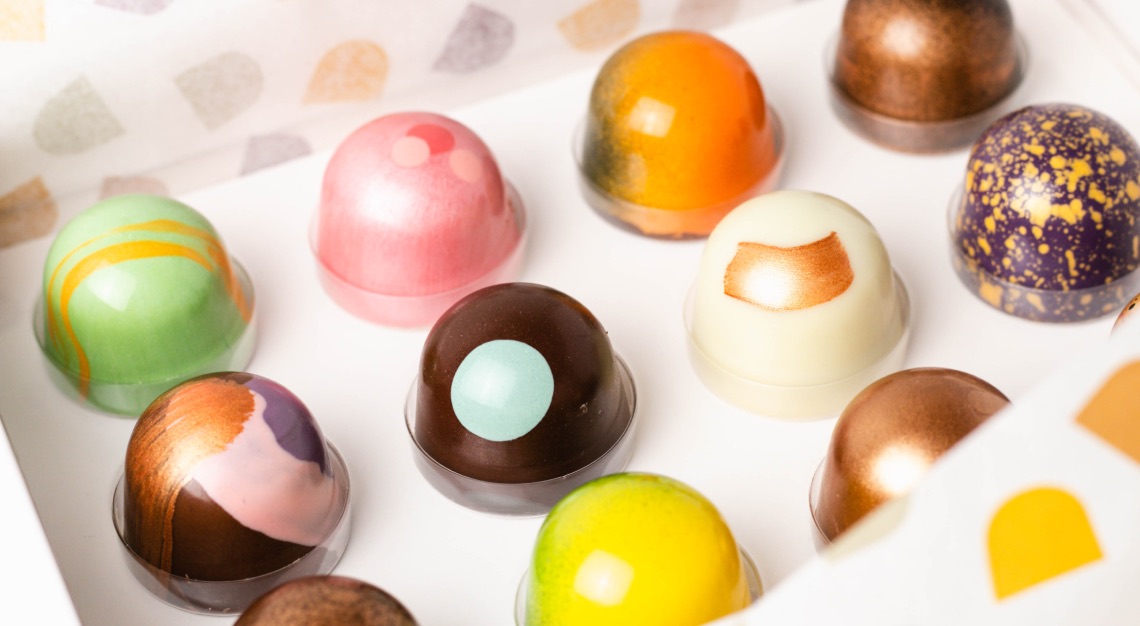
As a business owner, how do you save the planet and make a profit at the same time?
JP: (laughs) Frankly, we’re still figuring out how to do that. I don’t think we can claim to be saving the planet, but at the very least, we are trying to make the world a better place (cue for Michael Jackson). We believe it starts with impacting the community around us and hopefully that will create some ripples. For what we lack in resources, we compensate doubly with will power and intent.
How would you compare the Asian style of chocolate-making with say, the Swiss or French?
CC: If we define chocolate-making as the process of making chocolate from bean-to-bar, technique wise, then I would say the process is similar. The main difference with us and other chocolate companies in the region is that we solely use cacao sourced from within Asia, and we actually care about the farmers.
Where do you find inspiration for creating new flavours? Talk us through the development of every new flavour.
CC: Our core team always has internal tastings, even if it’s three or four rounds, until we find a recipe that we all find well-balanced. Working with our creative team, the exterior design of the bonbons are also explored quite extensively, usually basing it on the flavour or pairings that we create. We do our ideation together – usually it revolves around a theme – like for Christmas last year, our theme was familiar flavours and nostalgia. We shortlisted some flavours, and then I spent about a month on R&D, narrowing that list down to six. Each flavour usually takes around three tries to get right. Once that’s done, then we work on the exterior. The colours and design of the bonbons should reflect the flavour. The last step would be to see how the final bonbons look together in a box.
Walk us through the making of a bon bon at Mr Bucket.
CC: It starts with the moulds – we first wash and polish the moulds with alcohol, to remove any residual cocoa butter. This also helps our bonbons shine. Then we fill them with tempered chocolate, tipping it out when they are filled, creating the ‘shell’. The chocolate is left to set while the filling is made – most of our bonbons, save for the Single Origin and Caramel ones, have at least two layers. Once the fillings have set, we then pour tempered chocolate over the base and scrape it across the mould, forming the ‘cap’.
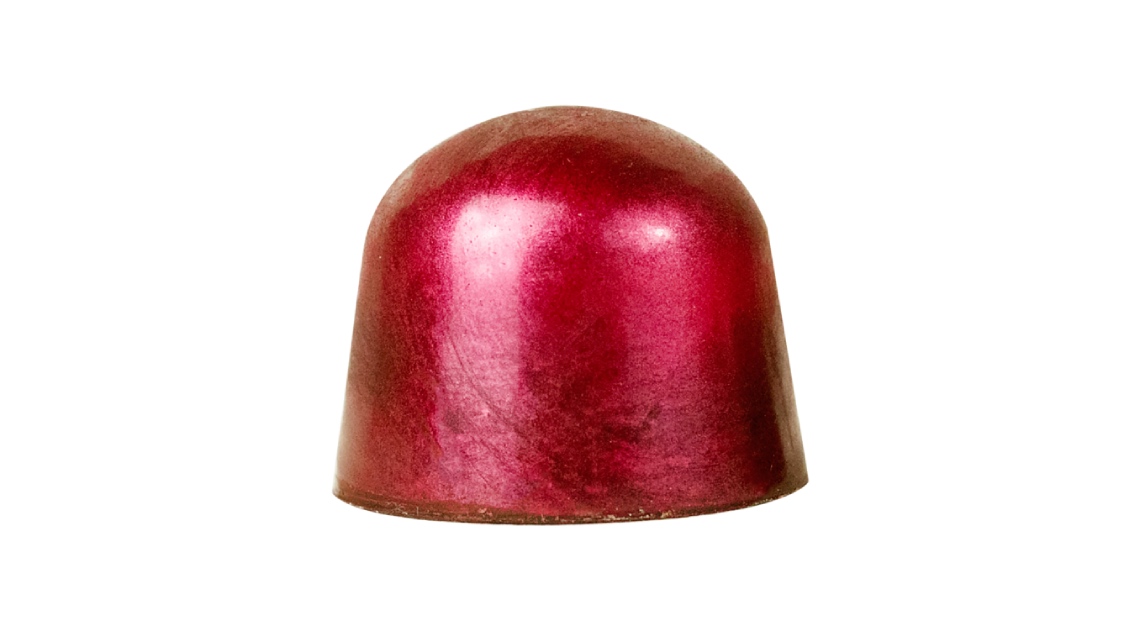
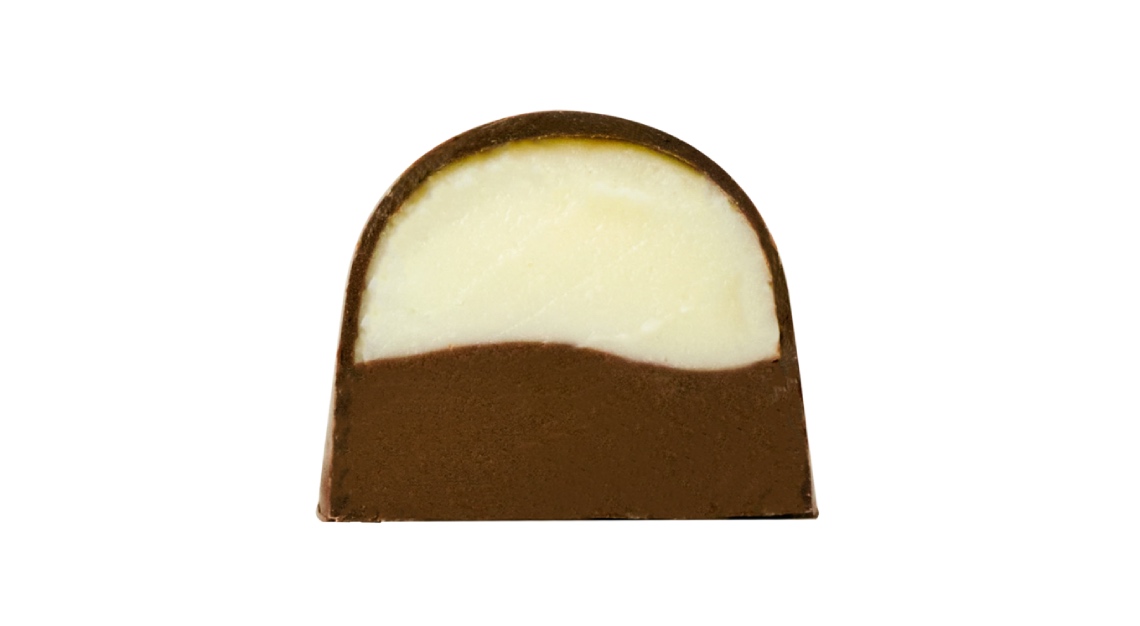
Why is there a need to venture from classic flavours? I gather it must be a fine line to tread between classic and excessive. Like adding the right mixer to a good dram of spirit, how do you do the same with great chocolate, without masking its greatness?
Cheri: For me it’s always about the intention of what we’re trying to create, and how best we can make the core ingredient shine. I’m a purist at heart – we don’t mess with the Single Origins, Sea Salt Caramel, Matcha and Strawberry Rhubarb, our classics that have a good following. But I also recognise that there is a demand for newer, more exciting flavours. Part of our R&D process lies with putting the single origin flavours first. For example, when creating the Rum & Raisin bonbon, the intention of pairing Anaimalai 80 per cent with rum-soaked raisins was to bring out the dried fruit and raisin notes in the chocolate.
How far can I go in terms of customising a box of chocolate?
DP: Our chocolate bonbons are sold in boxes of six or 12 and customers can choose their own flavours based on availability. We also give them a choice of choosing from three to five different colours for the box sleeve. Customers can basically build their own box physically at our retail shop or on our website. Beyond this, we also offer customisations for corporate events, private launch events and even weddings. This can be done on a few levels with various costs and lead time involved. Clients or couples can choose to input their own design for the box sleeve and message card. They can also choose to customise the bonbon exterior design based on an existing flavour, and if budget and timeline permits, customisations for an entirely new flavour are also possible.
What is next for Mr Bucket?
JP: Right now, we are focused on widening our product range and curating more experiences to engage with our customers.Our goal is still to change the perception of chocolate from Asia, that it is just as good or even better than those found in other parts of the world. In the longer term, we hope to revitalise the cacao industry in Asia – where farmers start focusing more on quality due to demand from makers like ourselves, and thus creating opportunities for themselves to improve their livelihood.
Mr Bucket
23 Sin Ming Road
01-15
Singapore 570023
